I am working on a video about lighter tennis racquets and it lead me to the HEAD Speed Team. Is this the best light racquet on the market?
Of course, using the words “best” in titles is kind of clickbait-style. I don’t like that generally, although it is a game you seem to need to play to get eyeballs online these days. However, I have now played quite a bit with the HEAD Speed Team 2024 version and if it is not the best light racquet on the market, it is my current personal favorite.
It is a bit light and powerful for my game to use in a match, but it is an excellent choice for beginners to lower-level intermediates who want a comfortable and forgiving racquet. The 105 sq inch head size offers loads of power and spin potential, but the excellent feel and whippy nature of the frame makes it relatively straightforward to control as long as you hit with shorter swings and some spin.
What is light?
The word light can mean many things. In this case, I mean racquets called “Lite” (including Ultra-light) or “Team”. HEAD has MP L (285g) and Team (270g) as names for their lighter racquets. Wilson uses L and UL for their lighter racquets, Yonex uses L and SL, Babolat uses Team for their 285g, and L for their 270g unstrung racquets, Dunlop uses LS (285g) and Lite (270g), Tecnifibre writes the grams, so like a “TFX1 285”.
The industry is somewhat standardized around the weights, though. It usually goes like this:
315 Tour
300 Standard or “MP”
285 Team or L
270 Lite, UL, Team, Super Lite (all over the place)
There are lighter racquets than these ones called Power, PWR or by the head size, but we stick to the 285 and 270 for now.
The benefits
There are pros and cons with everything, but if we start with the benefits of a light racquet, the most obvious one is the maneuverability.
The racquet is easy to move around and you don’t need perfect technique or footwork to hit a good shot. Shorter swings are okay here, whereas if you use a control racquet, you need longer swings to achieve any power.
So a light racquet allows you to use less energy.
The downsides
The issues with a light racquet are kind of obvious. You will lack stability, so if you play against someone who hits a heavy ball, the mass is not there to counter their shots efficiently.
The type of power you get from a light racquet is not the type of “controlled force” you get from an advanced player with a higher swing weight. Here, the power often comes from trampolining in the string bed, which also makes the playing experience a bit unpredictable at times, especially on shots where you are on the run or defense. When you attack, the power can be fine, but the lack of control is a downside with many lighter racquets.
Racquet customization
If you get a racquet that feels good, but is a bit too light for your taste, you can customize the racquet by adding weight to it. Many light racquets just have less weight in the handle than their standard counterpart. So adding weight to the handle with a leather grip, silicone or lead tape, can be enough to increase stability and maintain maneuverability.
If it is too light in the head, you can of course also add weight there. Learn more about racquet customization.
What is so good about the HEAD Speed Team?
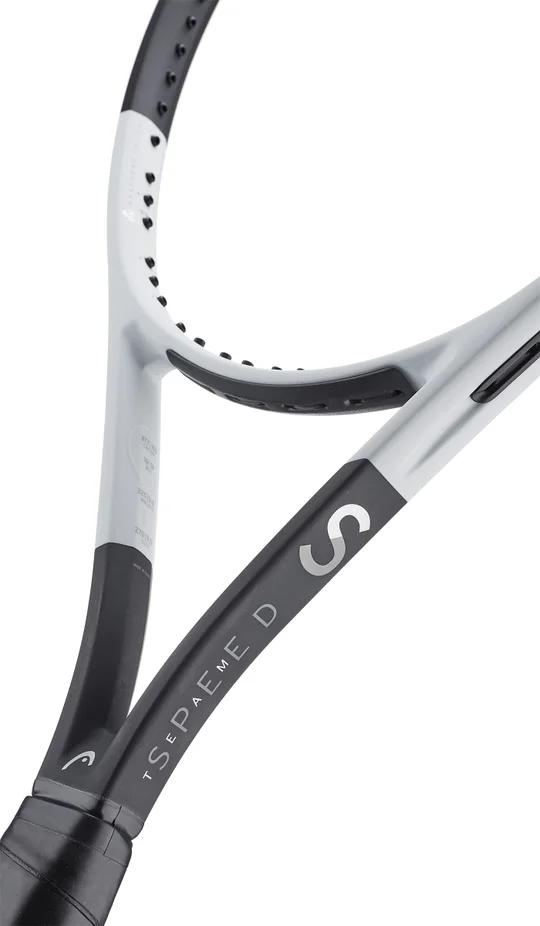
I have tried several other Team and MP L models from HEAD, but the Speed Team has provided the best feel and ease of use of them all. In a match, I would probably do better with a customized HEAD Speed MP L (bringing it closer to the HEAD Speed MP), but for coaching and light hitting, the Speed Team has convinced me.
The feel and performance from the frame is addictive, which is why I called it The Best Light Racquet on the Market.
We will create more content and reviews about lighter racquets in the near future!
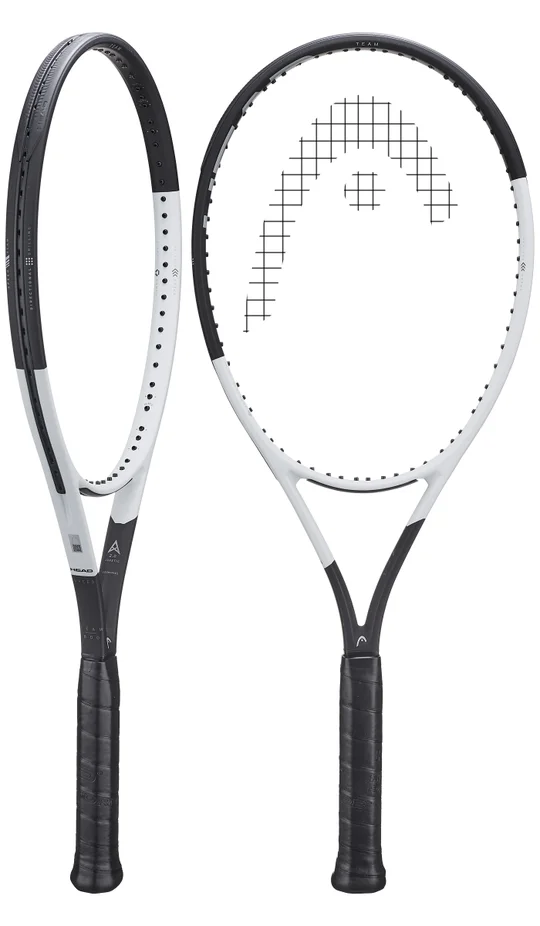



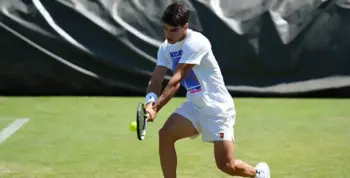


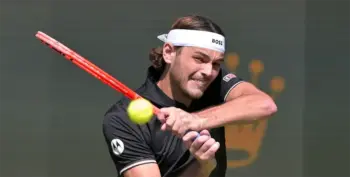

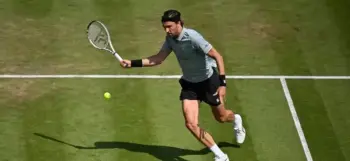
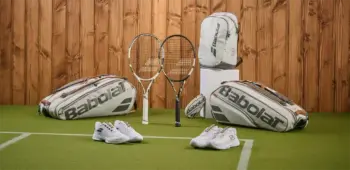





Jonas, great breakdown of this class of racquets. I think HEAD almost always does a good job when making a lighter racquet in their lineups. Even in the heavier Prestige line, their lighter racquets still maintain control despite the light weight.